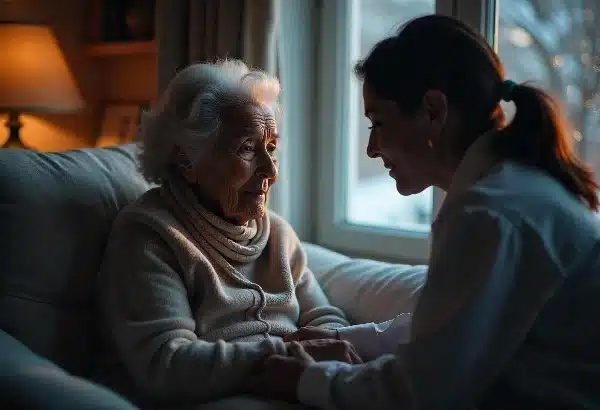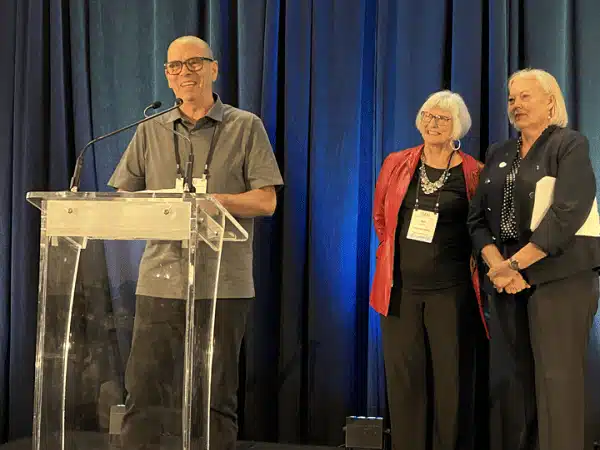Next week I am presenting at the Manitoba Alzheimers Conference for Family Caergivers, speaking first about using “supportive care” as part of the “village of caregivers”, and then about “living-dying with dementia”. So my interest was peaked when I saw an article tonight addressing “how we introduce palliative care to people without scaring them away”.
According to an article in The Hospice Clinician Blog “The Center to Advance Palliative Care recommends that the following definition be used when defining or describing palliative care for consumers:
“Palliative care is specialized medical care for people with serious illnesses. This type of care is focused on providing patients with relief from the symptoms, pain, and stress of a serious illness ‐ whatever the diagnosis.
The goal is to improve quality of life for both the patient and the family. Palliative care is provided by a team of doctors, nurses, and other specialists who work with a patient’s other doctors to provide an extra layer of support. Palliative care is appropriate at any age and at any stage in a serious illness, and can be provided together with curative treatment.””
The terms “extra layer of support” is a new phrase for me, and sounds like it would be a positive image. The ideas that palliative care is appropriate at any age and at any stage in a serious illness is significant. This thought could be completed by adding, “in any care setting”. I am glad to be a hospice nurse now, when the doors of hospice palliative care have swung open to embrace those dying with any life threatening illness. I look forward to the coming years when those determining criteria for registration with hospice will not need to worry about prognosis!
Finally, although the term palliative care can seem awkward in initial conversations, the awkwardness may be part of the adjustment to the idea that we are not mortal, and hence, an important part of the experience.
Over the years I have challenged people to wear their name tags, rather than taking them off before meeting new referrals. Step by step people come to understand they are on a journey that includes death. To keep hiding this truth can delay access to resources, support and more important, can delay discussions with family.








